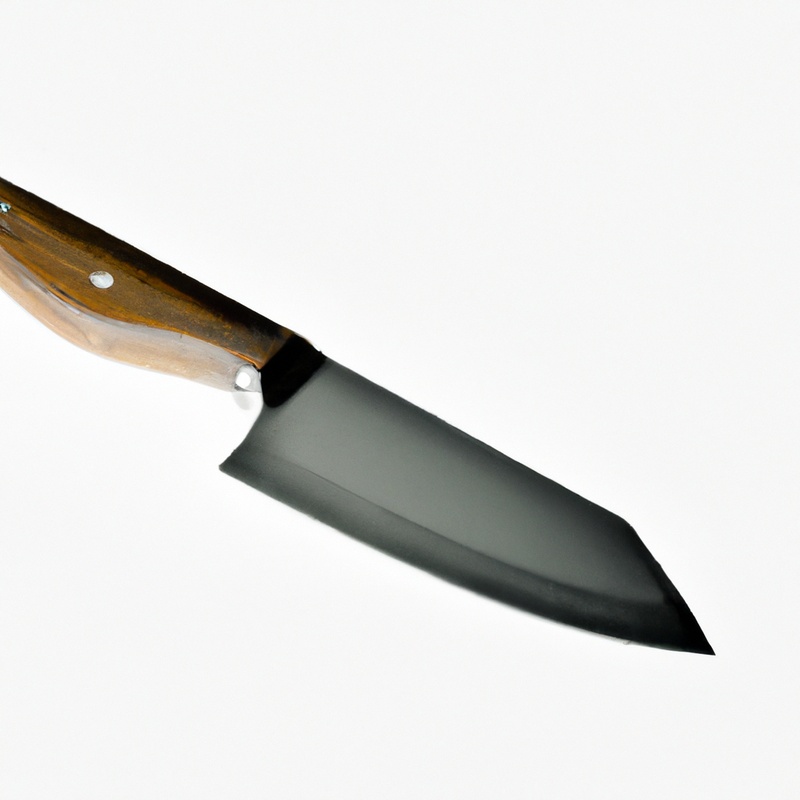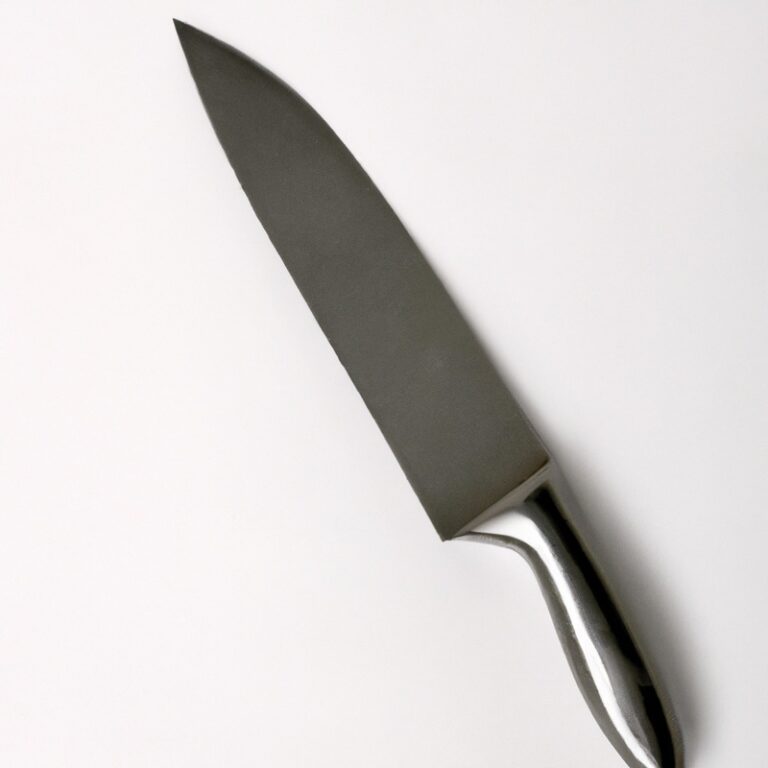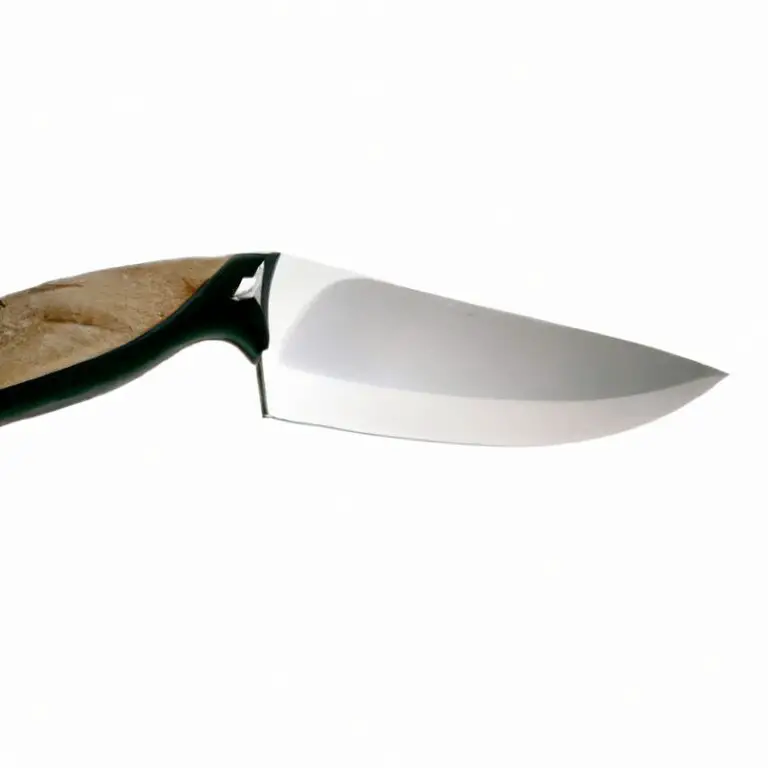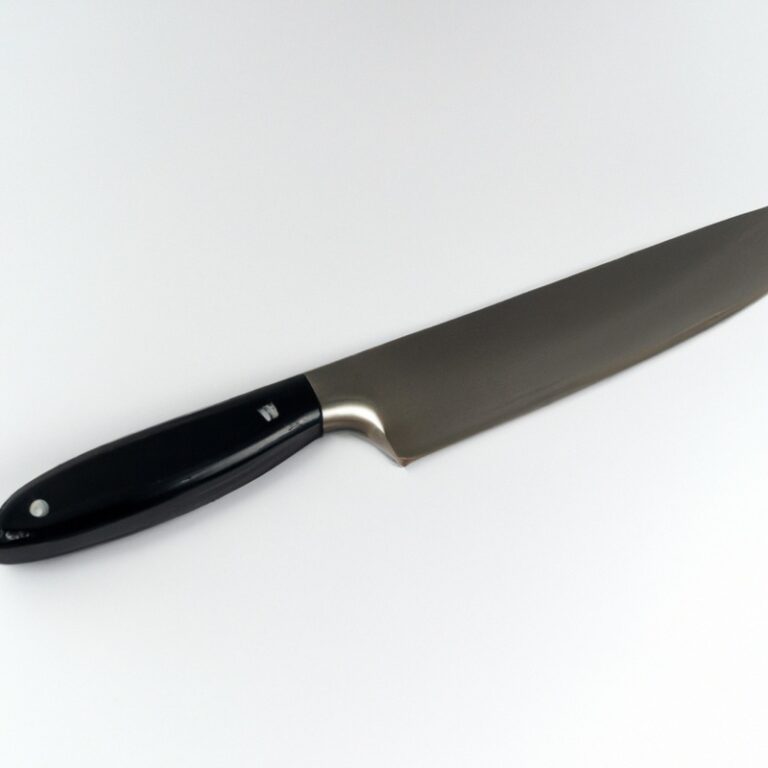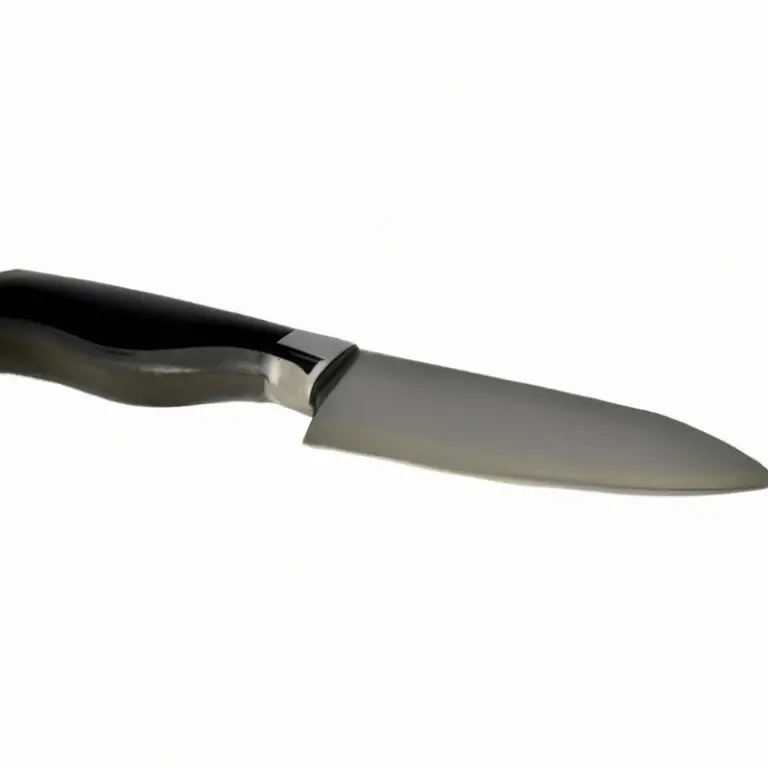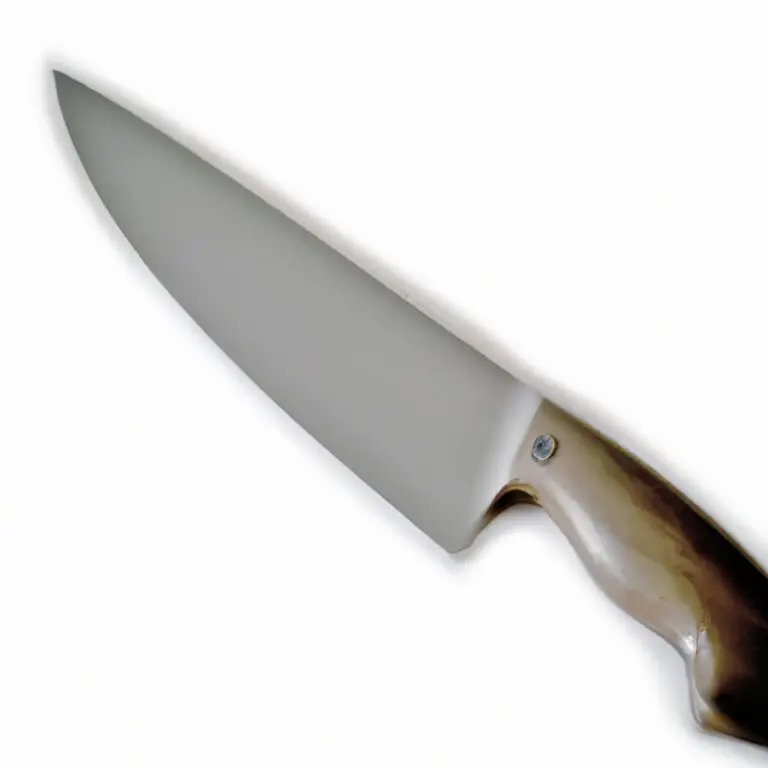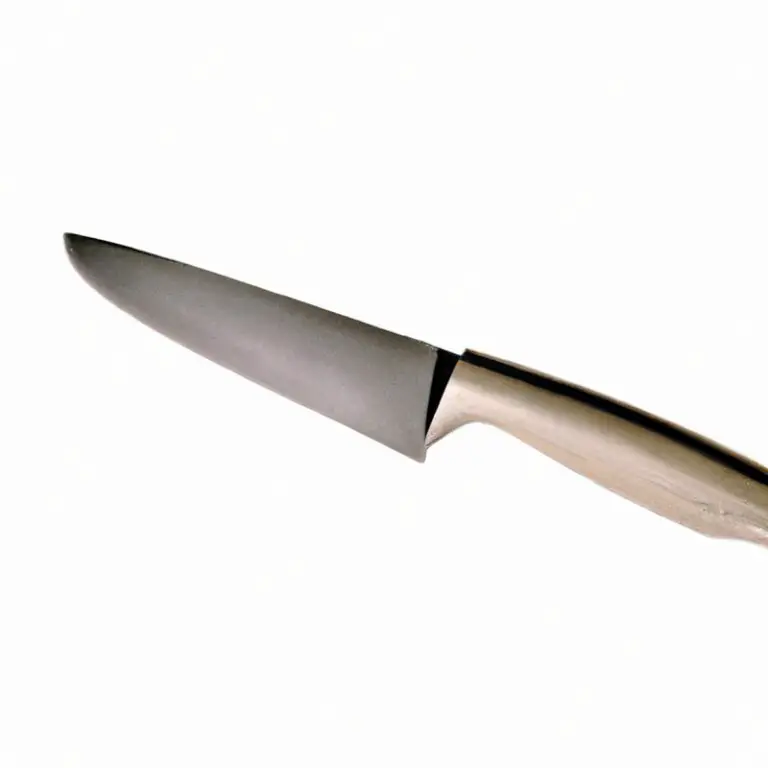What Is a Fillet Knife? Learn Now!
Key Takeaways:
- A fillet knife is a specialized kitchen tool designed to fillet fish and remove bones.
- The blade of a fillet knife is thin, flexible, and usually around 6 to 11 inches in length.
- Proper use and maintenance of a fillet knife can greatly improve the quality and efficiency of fish preparation.
- When purchasing a fillet knife, consider the blade length, thickness, and handle comfort to find the best fit for your needs.
Have you ever struggled to fillet a fish with a regular kitchen knife? If so, then a fillet knife might just be what you need! A fillet knife is a specialized cutting tool specifically designed for filleting fish.
With their long, thin, and flexible blades, fillet knives allow for precision and ease when separating the flesh from the bones.
From electric to manual, carbon steel to ceramic, there are various types of fillet knives available to suit your individual needs. In this article, I’ll delve into the anatomy of a fillet knife, different blade materials used, how to choose the right one, safe handling tips, and even some creative uses beyond filleting fish.
| Topic | Description |
|---|---|
| Definition | A fillet knife is a type of kitchen knife used for filleting, which is the process of removing bones from fish or meat. |
| Blade Characteristics | The blade of a fillet knife is thin, flexible and pointed, making it easier to maneuver around bones, and allows for precise cuts. They range in size from 4 to 9 inches in length, with most being 6 to 7 inches long. |
| Blade Materials | Fillet knives are typically made from high-carbon stainless steel, which resists rust and holds a sharp edge well. |
| Types of Blades | There are three main types of fillet knife blades: straight, curved and flexible. Straight blades work best for large fish, curved blades are great for smaller fish with multiple bones, and flexible blades are great for thinner, more delicate cuts. |
| Uses | A fillet knife is primarily used for filleting fish, but can also be used for trimming fat or removing skin from meat. |

A versatile cutting tool for filleting fish
A fillet knife is a versatile cutting tool for filleting fish because of its long, thin blade that allows precise and clean cuts. It is specifically designed to remove the bones, skin, and flesh of fish, making it an essential kitchen tool for seafood lovers.
Fillet knives come in different sizes, styles, and materials, allowing the user to choose the best one according to their needs and budget.
Proper maintenance and sharpening of the fillet knife not only ensure its longevity but also prevent it from developing rust and losing its sharpness. In addition to filleting fish, it can also be used for other kitchen tasks like deboning chicken, trimming meat, and slicing vegetables.
Overall, a fillet knife is an indispensable tool for anyone who enjoys cooking fish and wants to prepare it with precision and expertise.
Different types of fillet knives for various needs
There are different types of fillet knives available on the market to cater to various needs and preferences of individuals. The four common types are the traditional fillet knife, electric fillet knife, Japanese deba fillet knife, and flexible fillet knife.
The traditional fillet knife is the most common type used by anglers and chefs.
It has a thin, flexible blade that ranges from 4 to 12 inches in length, making it suitable for small to medium-sized fish. Electric fillet knives, on the other hand, have a motorized blade that quickly fillets fish of any size.
This type is ideal for individuals who require speed and precision when filleting large quantities of fish.
For individuals who prefer a sharper blade, the Japanese deba fillet knife is a good choice. It has a thick, heavy blade that can cut through bones and flesh with ease.
Lastly, the flexible fillet knife is suitable for filleting fish with a curved spine.
Its flexible blade can easily follow the contours of the fish to create precise cuts. When choosing a fillet knife, consider the type of fish you’ll be filleting, blade length, blade thickness, handle material, and overall weight.
Each type has its advantages and disadvantages, so choose the one that suits your needs and preferences.
Anatomy of a fillet knife
The anatomy of a fillet knife consists of a flexible blade that narrows towards the tip, with a pointed end. The length of the blade can vary depending on the fish being filleted, with sizes ranging from 4 inches to 12 inches or more.
The handle of a fillet knife is typically made of wood, plastic, or rubber, and should provide a comfortable, non-slip grip.
It’s important to choose a handle that feels good in your hand, as filleting fish can be a time-consuming task. Some fillet knives also come with additional features, such as a serrated section near the handle for scaling fish or a notch near the tip for removing bones.
When selecting a fillet knife, consider the type of fish you will be filleting, the size of the fish, and your personal preferences for blade length and handle material.
A fillet knife with a flexible blade will be more maneuverable and better suited for delicate fish, while a stiffer blade may be more appropriate for larger, tougher fish. Overall, a fillet knife is an essential tool for any fisherman or home cook looking to prepare fish.
Understanding the anatomy of a fillet knife can help you choose the right one for your needs and improve your filleting skills.
Common blade materials used in fillet knives
Common blade materials used in fillet knives include stainless steel, high carbon stainless steel, and ceramic. Stainless steel is a popular option because it is durable, resistant to corrosion, and easy to maintain.
High carbon stainless steel offers the same benefits as regular stainless steel with the added benefit of being more durable and holding a sharper edge for longer.
Ceramic blades are incredibly sharp and lightweight but can be brittle and prone to chipping if not handled properly. Consider the level of maintenance required for each material and your intended usage when choosing a blade material for your fillet knife.
Factors to consider when choosing a fillet knife
When choosing a fillet knife, there are several factors to consider:
- Blade Material: The blade should be made from high-quality stainless steel or carbon steel to ensure sharpness and durability.
- Blade Flexibility: A flexible blade allows for easy maneuverability around bones and curves, making it easier to fillet a fish.
- Blade Length: Blade lengths vary between 6 to 12 inches. Shorter blades are ideal for smaller fish, while longer blades are suitable for larger fish.
- Handle Material: Choose a handle made from a non-slip material, such as rubber or textured plastic, for a secure grip while filleting.
- Handle Design: A handle with an ergonomic design helps to reduce hand fatigue during long filleting sessions.
- Brand Reputation: Choose a reputable brand with a proven track record of producing high-quality fillet knives.
Overall, the best fillet knife is one that feels comfortable in your hand, has a sharp and flexible blade, is made from high-quality materials, and comes from a trusted brand.
Maintaining and sharpening your fillet knife
Maintaining and Sharpening Your Fillet Knife Keeping your fillet knife sharp is crucial to ensure that it performs its intended job. Dull knives can be dangerous and require more force and pressure to make cuts effectively.
This increased pressure can result in slip-ups and accidents.
To maintain and sharpen your fillet knife, there are a few essential things that you need to consider. Firstly, you should clean your fillet knife after every use.
Wash it with warm, soapy water and dry it to avoid rusting.
When sharpening your fillet knife, use a sharpening stone or an electric sharpener to create a sharp edge. It’s best to sharpen your knife regularly as soon as you notice it’s getting dull.
Always follow the manufacturer’s guidelines when sharpening your fillet knife.
Storing your fillet knife in a safe place is also important to avoid accidents when not in use. Consider purchasing a sheath or storage case to protect the blade and prevent it from being damaged.
Properly maintaining and sharpening your fillet knife can extend its lifespan and make your filleting process much more efficient.
Remember to handle it with care and keep it clean to ensure optimal performance.
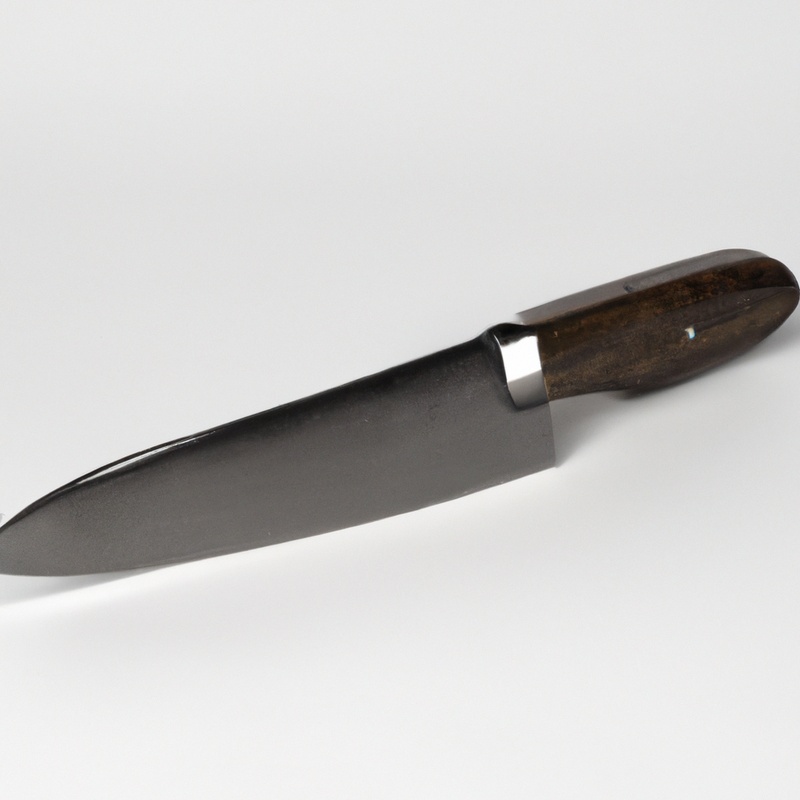
Tips for safe handling of a fillet knife
- Always choose the right size and flexibility of the blade for the task at hand.
- Keep your fillet knife sharp to reduce the risk of slipping and potentially injuring yourself.
- Make sure your hands and the workspace are clean and dry before beginning to fillet fish.
- Grip the handle firmly and apply controlled pressure to the fish, keeping your fingers safely away from the blade.
- Cut away from your body and keep the blade pointed away from yourself and others in the area.
- When not in use, store your fillet knife in a designated sheath or blade guard.
- Never use your fillet knife for any other purpose than what it was designed for.
- Lastly, always supervise children and inexperienced users when handling a fillet knife and stress the importance of safe handling to avoid accidents.
Techniques for filleting fish with a fillet knife
To fillet a fish properly, you need to follow certain techniques using a fillet knife. Start by laying the fish down on a flat surface, and make an incision behind its gills to the spine.
Then, slide the knife along the spine towards the tail, using gentle pressure to separate the flesh from the bone.
Repeat this process on the other side of the fish. Once you have the fillet, remove the skin by making a small cut between the flesh and skin, and holding the skin with one hand while sliding the knife along the fillet with the other.
Remove any remaining bones with needle-nose pliers or fish tweezers.
Ensure your work surface is stable and use a non-slip mat under the fish to avoid accidents. Always handle the knife with care, and maintain a steady hand while cutting.
With practice, you’ll become more comfortable and efficient in filleting fish with a fillet knife.
Creative uses of a fillet knife beyond fish filleting
Beyond filleting fish, a fillet knife can also be used for a variety of tasks in the kitchen. The thin, flexible blade makes it ideal for delicate cuts that require precision.
Here are some creative ways you can use a fillet knife:
- Trimming Meat: A fillet knife can be used to easily remove excess fat and skin from meat, resulting in a cleaner cut.
- Slicing Fruits and Vegetables: The sharp blade of a fillet knife is perfect for slicing thin pieces of fruits and vegetables like tomatoes, strawberries, and kiwis.
- Decorating Cakes: The thin blade of a fillet knife can be used to make intricate designs on cakes, such as creating a scalloped edge or intricate patterns.
- Carving Roasts: A fillet knife’s sharp, flexible blade can be used to carve meat with precision, resulting in an even cut.
- Peeling Citrus Fruits: The flexibility of a fillet knife makes it ideal for peeling the skin off citrus fruits like oranges, lemons, and grapefruits.
Whether you’re a professional chef or a home cook, a fillet knife can be a versatile addition to your kitchen.
Comparing fillet knives to other types of kitchen knives
Fillet knives differ from other types of kitchen knives in their blade design, flexibility, and sharpness. They are specifically designed for filleting fish and have a narrow, flexible blade that can easily navigate around bones and through flesh.
Unlike kitchen knives with thicker blades that are better suited for chopping and slicing, fillet knives are designed to make precise cuts along the spine of a fish.
The thin and flexible blade of a fillet knife also allows for more maneuverability and control, making it easier to debone a fish without damaging the flesh. However, fillet knives are not as versatile as other kitchen knives, and their functionality is limited to filleting fish.
When choosing between a fillet knife and other types of kitchen knives, consider the tasks you will be performing in the kitchen.
If you primarily work with fish, a fillet knife is a must-have tool. However, if you are looking for a knife that can handle a variety of tasks such as chopping vegetables or cutting meats, a more versatile blade may be more suitable.
In summary, fillet knives are specialized tools that excel at filleting fish, but they are not as versatile as other types of kitchen knives.
Consider your specific needs when selecting a knife for your kitchen.
Final Verdict
A fillet knife is an essential tool for any fisherman or home cook who wants to prepare fish with precision and ease. It is important to choose the right type of fillet knife based on the fish you will be filleting and the level of experience you have with the task.
Understanding the anatomy of a fillet knife and the different blade materials available can help you make an informed decision.
Proper maintenance and safe handling are critical to ensure your fillet knife lasts a long time and continues to perform effectively. With the right technique, a fillet knife can transform your fish filleting experience and enhance your culinary skills.
Remember to use caution and practice patience when using a fillet knife, and never forget to appreciate its versatility beyond just fish filleting.
By investing in a high-quality fillet knife and honing your skills, you can confidently tackle any filleting challenge with ease.

